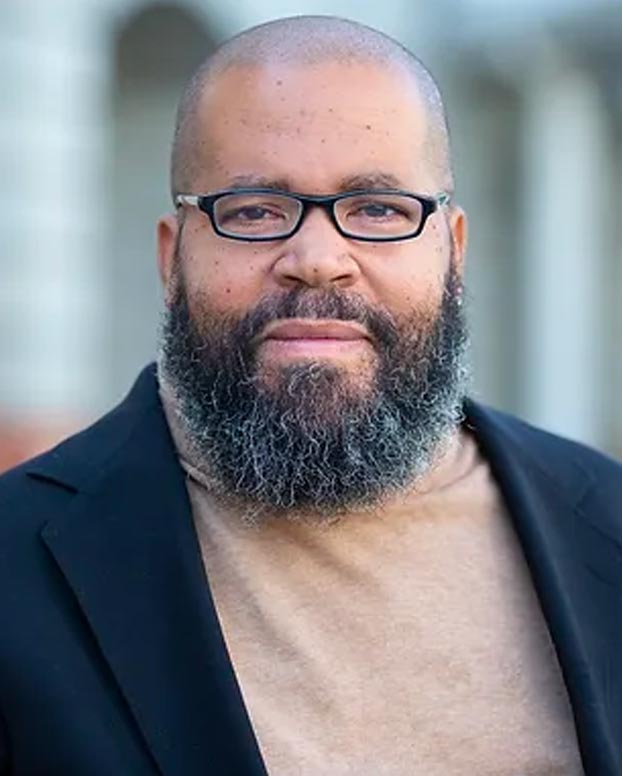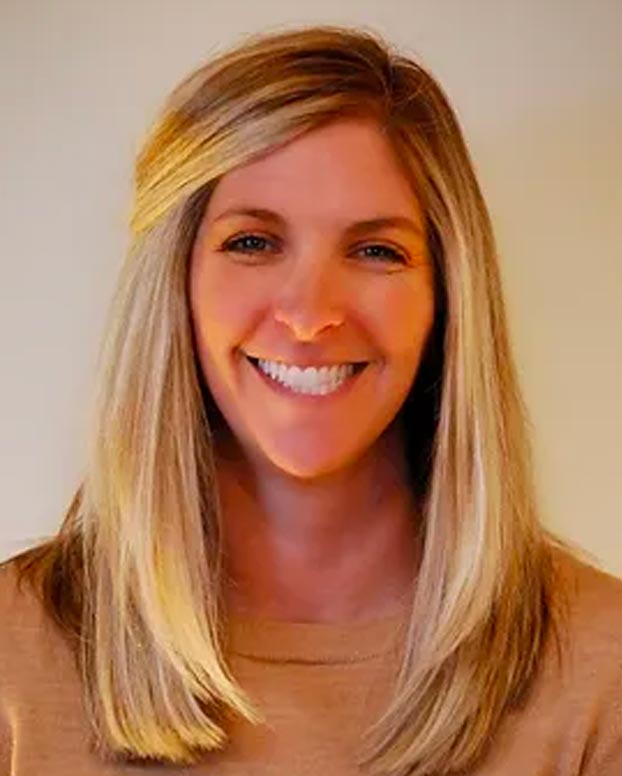5 Children’s Books on Disability and Inclusion
August 1, 2024

Introducing books that teach about disability to children is crucial in fostering a more inclusive and understanding society. Given that approximately 13% of the US population lives with a disability, it’s important for children to learn about the diverse experiences and challenges faced by differently abled individuals. These books can play a vital role in helping children develop empathy, respect, and inclusivity from a young age. By normalizing conversations around disability, we can empower our children to approach their peers with kindness and an open mind, breaking down barriers and building a more accepting community for everyone.
Additionally, representation matters. Including books that center children with mobility aids, hearing aids, communication devices, sensory tools, and other supports ensures that children see themselves in the stories they read. This visibility not only fosters a sense of belonging and validation but also helps all children understand and appreciate the diverse ways people navigate the world, highlighting the importance of inclusion.
Below are five children’s books to read with your young children.
Children’s book about sensory overload
The Little Senses Series
Suggested age range: 3-7 years old
Author Samantha Cotterill set out to create a picture book series that highlights the experiences of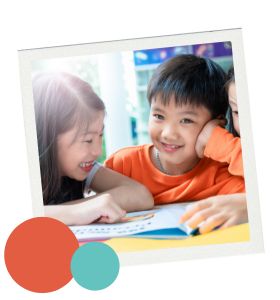 neurodivergent children. This book series explores the reality that while trying new places and activities is an everyday part of life, it can lead to sensory overload and overwhelm for some children. An example is her book, This Beach Is Loud!, which shows that while going to the beach might be exciting, it can also be overwhelming to the senses. Cotterill combines storytelling and lovely illustrations with practical advice on how to support sensitive children with navigating new experiences.
neurodivergent children. This book series explores the reality that while trying new places and activities is an everyday part of life, it can lead to sensory overload and overwhelm for some children. An example is her book, This Beach Is Loud!, which shows that while going to the beach might be exciting, it can also be overwhelming to the senses. Cotterill combines storytelling and lovely illustrations with practical advice on how to support sensitive children with navigating new experiences.
Children’s book about communication challenges and stuttering
I Talk Like a River
Suggested age range: 4-8 years old
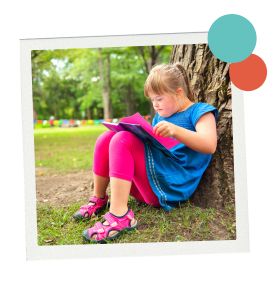 In I Talk Like a River, a young boy with a stutter struggles with the loneliness of not being able to communicate in the way that he would like. Recognizing his son’s pain, his father walks with him alongside a river, which becomes a metaphor for the boy’s speech—sometimes smooth and flowing and at other times choppy. The author, poet Jordan Scott, creates an uplifting story loosely based on his own experience that will be relatable to any child who has ever felt lonely or has struggled to fit in.
In I Talk Like a River, a young boy with a stutter struggles with the loneliness of not being able to communicate in the way that he would like. Recognizing his son’s pain, his father walks with him alongside a river, which becomes a metaphor for the boy’s speech—sometimes smooth and flowing and at other times choppy. The author, poet Jordan Scott, creates an uplifting story loosely based on his own experience that will be relatable to any child who has ever felt lonely or has struggled to fit in.
Children’s book about Down syndrome
I am a Masterpiece
Suggested age range: 4-8 years old
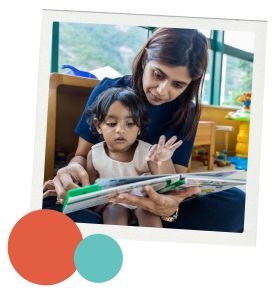 In I am a Masterpiece, pre-teen author Mia Armstrong shares about her everyday experiences like hanging out with her friends or doing a school art project as someone with Down syndrome. This book illuminates how Armstrong likes many of the same things other children do, but dislikes when strangers stare at her because she looks different. Armstrong was the first child with Down syndrome to voice a cartoon character on Netflix and has made history as a talented artist and activist. This is her debut children’s book that not only provides a look into the life of a child with Down syndrome but also supports others, like friends and classmates, in better understanding someone who is neurodivergent.
In I am a Masterpiece, pre-teen author Mia Armstrong shares about her everyday experiences like hanging out with her friends or doing a school art project as someone with Down syndrome. This book illuminates how Armstrong likes many of the same things other children do, but dislikes when strangers stare at her because she looks different. Armstrong was the first child with Down syndrome to voice a cartoon character on Netflix and has made history as a talented artist and activist. This is her debut children’s book that not only provides a look into the life of a child with Down syndrome but also supports others, like friends and classmates, in better understanding someone who is neurodivergent.
Children’s book about struggling with attention span due to ADHD
Daisy the Daydreamer
Suggested age range: 4-8 years old
Daisy the Daydreamer by Jennifer P. Goldfinger, tells the story of a young girl with the active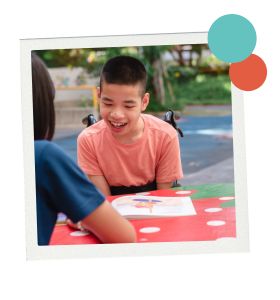 imagination. While her imagination provides her with endless entertainment—her braids become fishing rods, the swings launch her into flight like a superhero– it can cause trouble at school as concerned teachers worry that she isn’t listening. Based loosely off the author’s own experience with ADHD, this fun-filled book celebrates children who wish only to be appreciated for who they are, rather than criticized for who they’re not. It also provides great fodder for discussing how people’s brains work differently and what that can look like in a classroom.
imagination. While her imagination provides her with endless entertainment—her braids become fishing rods, the swings launch her into flight like a superhero– it can cause trouble at school as concerned teachers worry that she isn’t listening. Based loosely off the author’s own experience with ADHD, this fun-filled book celebrates children who wish only to be appreciated for who they are, rather than criticized for who they’re not. It also provides great fodder for discussing how people’s brains work differently and what that can look like in a classroom.
Children’s book about learning with dyslexia
Brilliant Bea
Suggested age range: 6-10 years old
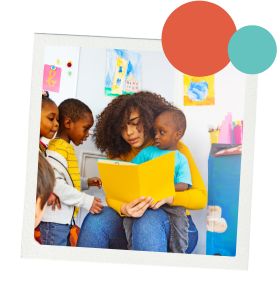 In Brilliant Bea by Shaina Rudolph, a young student with dyslexia and a natural affinity for storytelling struggles with the stress and frustration of struggling to write down and record her many ideas in class. A teacher provides her with an old-fashioned tape recorder that highlights the value of appropriate classroom accommodations to support student learning, goals, and community. After playing back her words, Bea finally shows her classmates who she has been all along and the reality that a learning difference doesn’t define who you are.
In Brilliant Bea by Shaina Rudolph, a young student with dyslexia and a natural affinity for storytelling struggles with the stress and frustration of struggling to write down and record her many ideas in class. A teacher provides her with an old-fashioned tape recorder that highlights the value of appropriate classroom accommodations to support student learning, goals, and community. After playing back her words, Bea finally shows her classmates who she has been all along and the reality that a learning difference doesn’t define who you are.
Introducing these books to children not only enriches their reading experience but also fosters inclusivity in all spaces. Sharing these stories can help us nurture a generation that values diversity and champions acceptance for all. Please share this blog with teachers and families of little ones to ensure conversations about disability are forefront at the start of this school year and moving forward.
Rocky Mountain Human Services (RMHS) is proud to support the health, self-sufficiency, and overall quality of life for children, adults, and veterans in Colorado.


